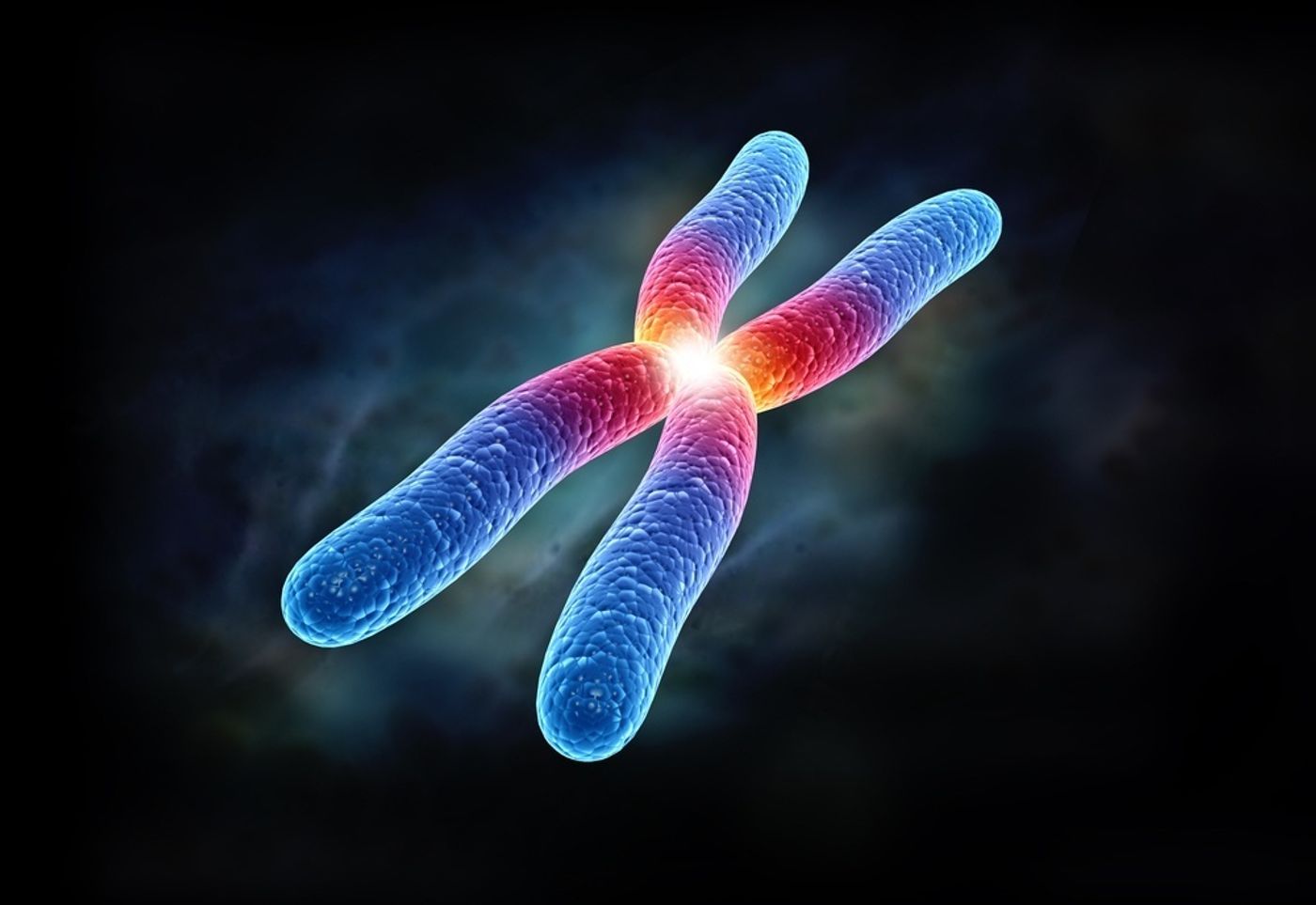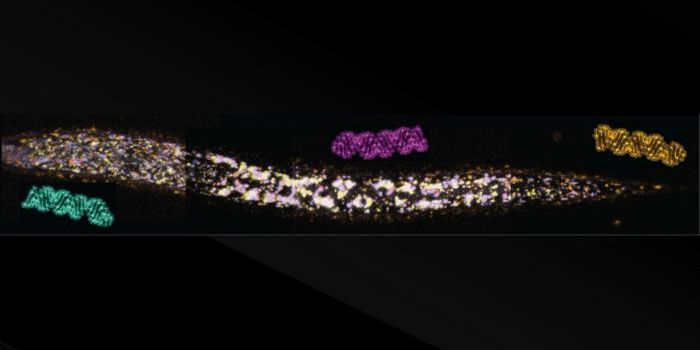While females have two X chromosomes and males just have one in addition to their Y chromosome, only one of the female X chromosomes is active. Building off of a 2002 discovery that showed the active X chromosomes from both males and females contain few housekeeping genes (which carry information for basic cell maintenance and most often maintain constant expression levels), University of Bath Scientists identified precisely how the X chromosome evolved over time to express the genes that it does (
Cell).
The 2002 study also explained that although the active X chromosome contained few housekeeping genes, the few genes it did express were active in a specific and small number of tissues. In conjunction with Uppsala University and members of the FANTOM consortium, University of Bath researchers looked at the “world's largest compendium of data” on gene expression in order to identify why and how the X chromosome acts as it does. Their study was recently published in
PLoS Biology.
Scientists compared gene expression of the X chromosome to other chromosomes. At its highest, gene expression of the X chromosome was not half of other chromosomes’ (with two functional copies) expression. However, lead researcher Laurence Hurst was still hung up on his 2002 studies that linked X chromosome expression to specific tissues.
When Hurst and his team finally cracked the case, it boiled down to the simple fact that only one X chromosome, for both men and women, is actively expressing genes.
“It is not sustainable for highly active genes to be on the X chromosome. Housekeeping genes tend also to be highly active; they just couldn't survive on the X,” Hurst said.
Additionally, the researchers discovered that over time, natural selection had favored the movement of active cells away from the X chromosome toward non-sex chromosomes that are more compatible with higher levels of gene expression. Similarly, the migration of low-expression genes evolved to be expressed on the X chromosome rather than other chromosomes.
Hurst relates the tendency of genes to “migrate” over time to a busy highway.
"A consequence of having a single chromosome is that, like a one lane road, there will be gene expression traffic tailbacks on the X chromosome especially at peak periods. Hence our X chromosome will not be a tolerable home for the most highly expressed genes."
Source:
University of Bath









